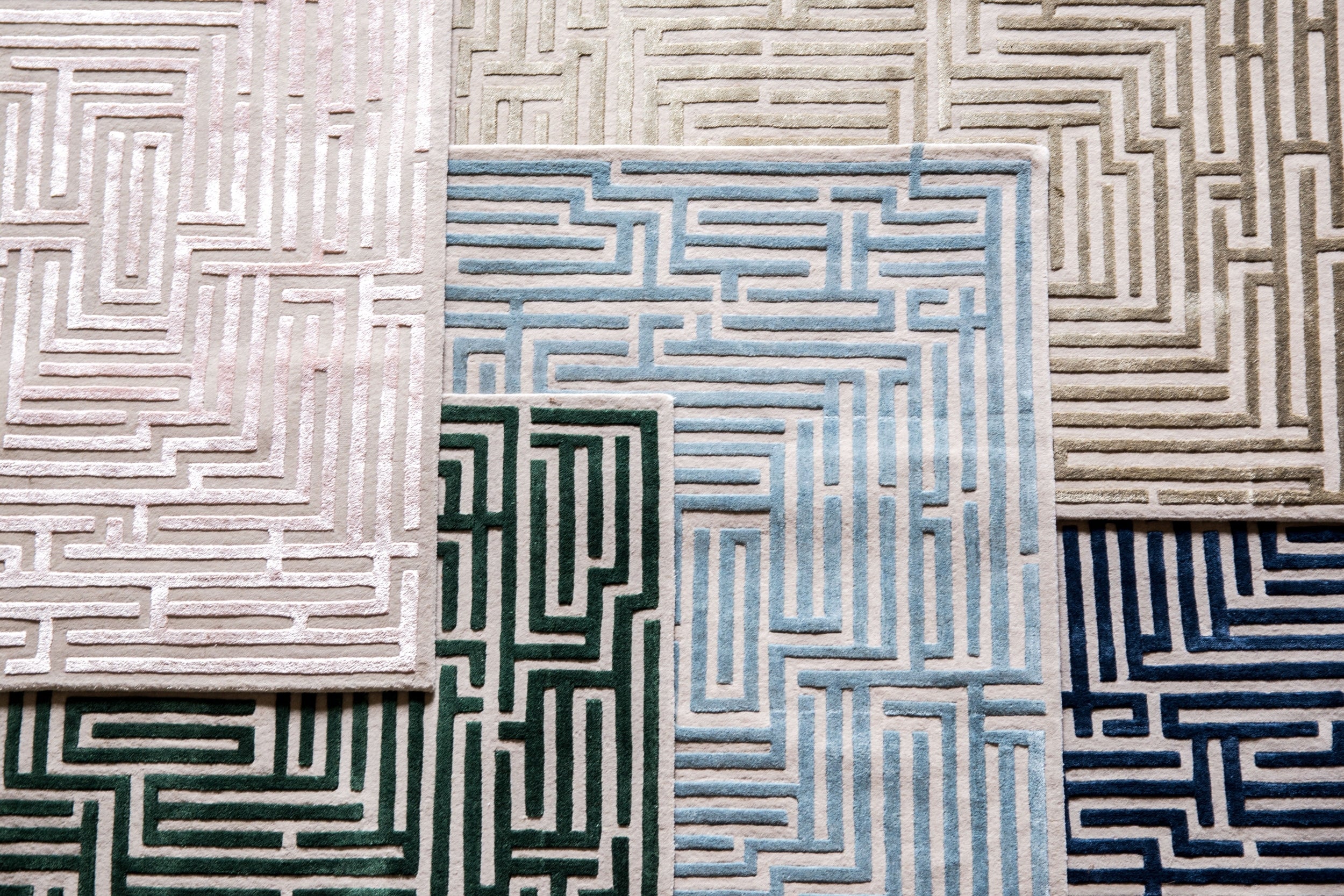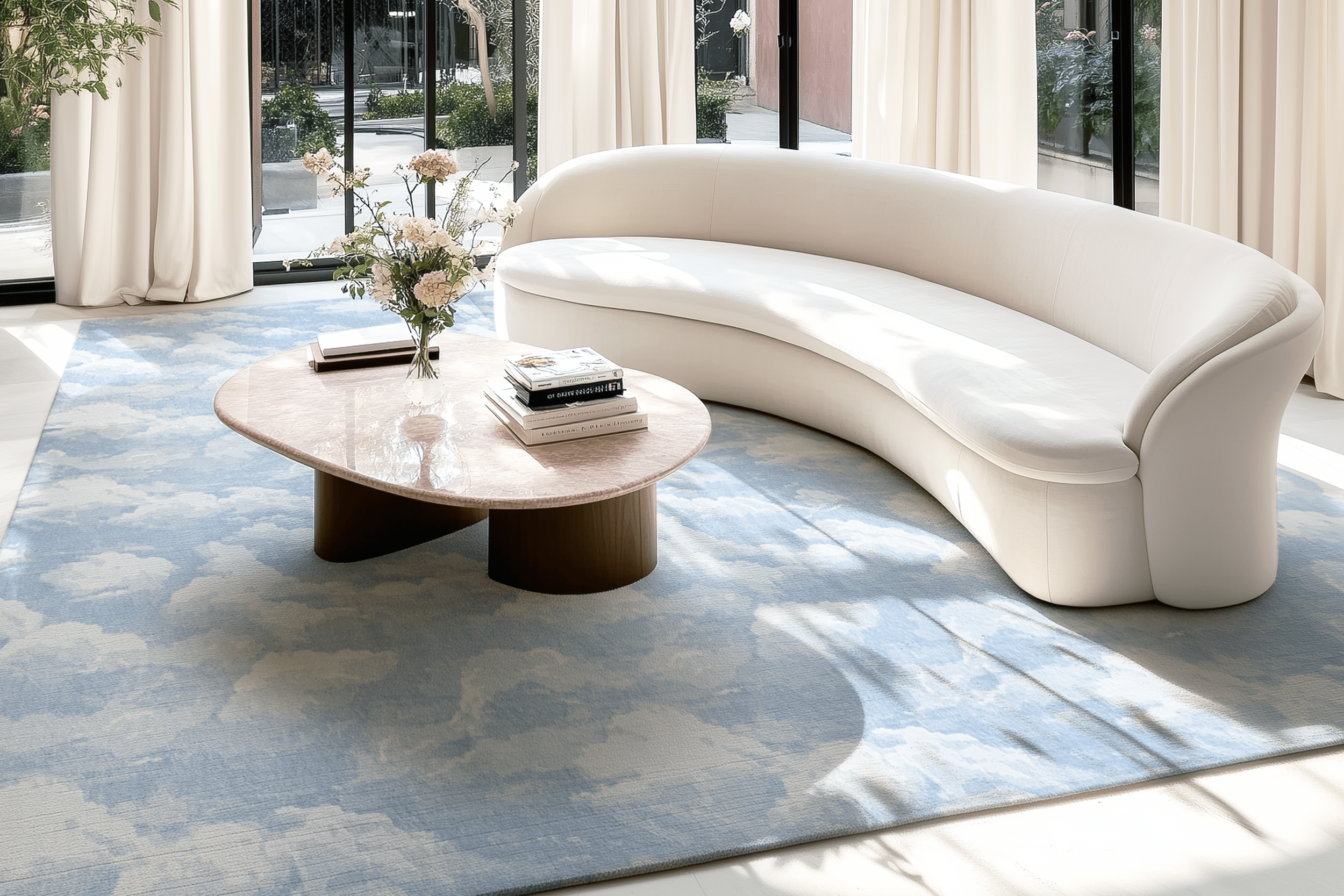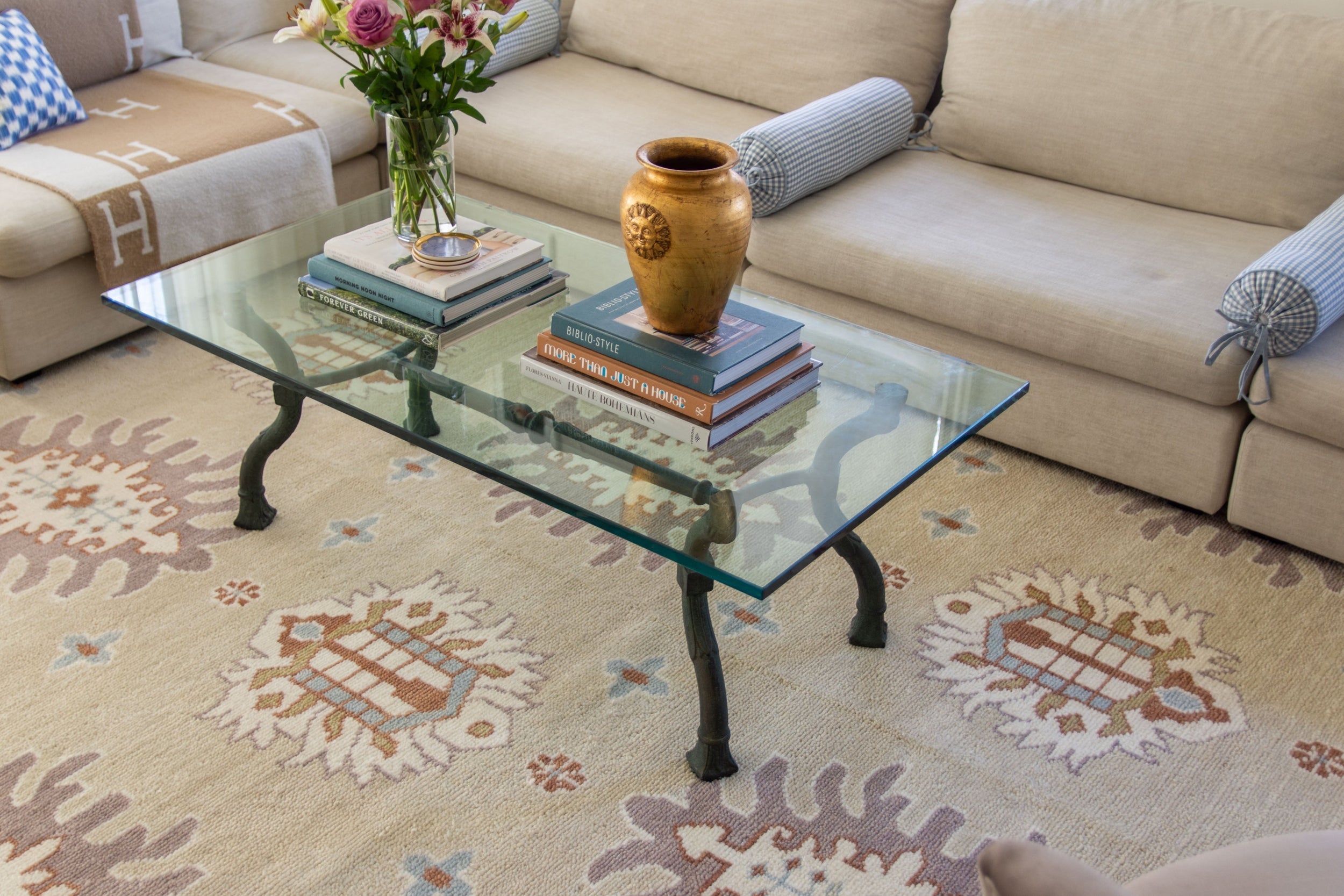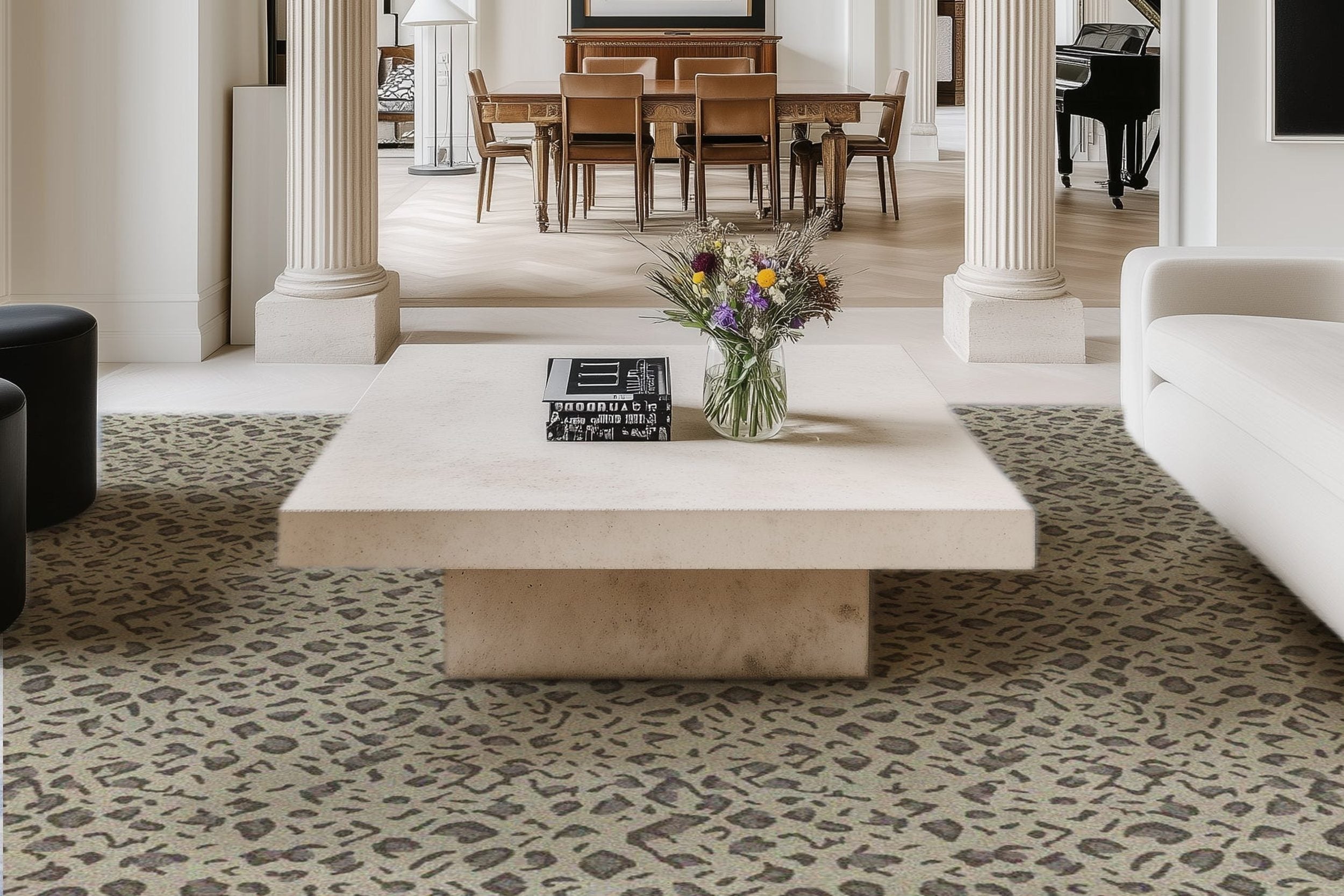Replacing Windows & Doors: 6 Practical Tips for Homeowners
Replacing your windows and doors can significantly enhance your home’s aesthetic appeal, energy efficiency, and overall value. As a homeowner, undertaking this project might seem daunting, but with the right guidance, you can achieve a seamless and successful upgrade. Here are six practical tips to help you navigate the process of replacing your windows and doors.
1. Assess Your Needs and Prioritize
Start by assessing the current state of your windows and doors. Check for drafts, condensation between panes, difficulty in opening or closing, and any visible damage. Researching the top windows and doors companies in the U.S. can help you narrow down your priorities and ensure you select the most reliable and reputable brands that meet your specific needs and budget. Prioritize replacements based on urgency and impact. Focus on areas with the most significant issues first, as these will provide immediate benefits in terms of energy efficiency and security.
2. Choose the Right Materials
Selecting the appropriate materials for your new windows and doors is crucial. Options include wood, vinyl, aluminum, and fiberglass, each with its pros and cons. Wood offers a classic look but requires more maintenance, while vinyl is low-maintenance and energy-efficient. Aluminum is durable but less insulating, and fiberglass provides excellent insulation and durability but can be costlier. Consider your budget, climate, and personal preferences when making your choice.
- Wood: Wood frames offer excellent insulation and can be painted or stained to match your decor. However, they are susceptible to rot and insect damage and require regular maintenance.
- Vinyl: Vinyl frames are affordable and require minimal upkeep. They are available in various colors and finishes, but they cannot be painted if you decide to change the color later.
- Fiberglass: Fiberglass frames are strong, durable, and highly energy-efficient. They can mimic the look of wood but come at a higher price point, which might impact your budget.
3. Focus on Energy Efficiency
Energy-efficient windows and doors can greatly reduce your heating and cooling costs. Look for products with ENERGY STAR ratings and low U-factor values, which indicate better insulation properties. Double or triple-glazed windows, along with low-emissivity (Low-E) coatings, can further enhance energy efficiency by minimizing heat transfer. Investing in these options may have higher upfront costs but will pay off in long-term savings.
- Double or Triple Glazing: Multi-pane windows provide better insulation by trapping air or gas between the panes. This reduces heat transfer, keeping your home warmer in winter and cooler in summer.
- Low-E Coatings: These coatings reflect infrared light, keeping heat inside during winter and outside during summer. They also protect your furnishings from UV damage without reducing visible light.
- Gas Fills: Argon or krypton gas fills between panes offer better thermal performance than air. They are denser and improve the insulating properties of your windows without affecting visibility.
4. Pay Attention to Installation
Proper installation is as important as the quality of the windows and doors you choose. Even the best products can underperform if installed incorrectly. Hire experienced and reputable installers who follow manufacturer guidelines and ensure airtight seals. Poor installation can lead to air leaks, water infiltration, and reduced lifespan of your windows and doors, negating the benefits of your investment.
5. Consider Aesthetics and Curb Appeal
Your windows and doors play a significant role in your home's exterior appearance. Choose styles and colors that complement your home's architecture and enhance its curb appeal. Whether you prefer the traditional look of double-hung windows and classic front doors or the modern vibe of sliding windows and contemporary entryways, make sure your selections harmonize with the overall design of your home.
- Match Architectural Style: Ensure your window and door styles align with your home’s architectural design. For example, colonial homes often look best with double-hung windows and paneled doors, while modern homes can accommodate sleek, minimalist designs.
- Color Coordination: Select colors that enhance your home’s exterior palette. Neutral tones are versatile and timeless, while bold colors can make a statement and highlight architectural features.
- Add Decorative Elements: Consider adding grilles, transoms, or sidelights to enhance visual interest. These elements can add character and charm to your windows and doors, creating a more personalized look.
6. Plan Your Budget and Financing
Replacing windows and doors can be a substantial investment, so it's essential to plan your budget carefully. Obtain multiple quotes from different suppliers and contractors to get a clear picture of the costs involved. Consider financing options such as home improvement loans, lines of credit, or government rebates and incentives for energy-efficient upgrades. A well-thought-out financial plan will help you manage expenses without compromising on quality.
Replacing your windows and doors is a significant home improvement project that can enhance comfort, energy efficiency, and property value. By assessing your needs, choosing the right materials, focusing on energy efficiency, ensuring proper installation, considering aesthetics, and planning your budget, you can achieve a successful upgrade. Approach this project with confidence, knowing that these practical tips will guide you towards making the best decisions for your home.
Browse by Category

Design Projects
Explore interiors from client work and personal renovations — layered, livable, and always in progress.
read more →
Collaborations
From product launches to styled spaces, discover the brand stories I’ve helped bring to life.
read more →
The Notebook
A growing archive of iconic designers, inspiring artists, and unforgettable design moments.
read more →
Travel by Design
Wander with a designer’s eye — from charming hotels and city guides to visual inspiration abroad.
read more →





